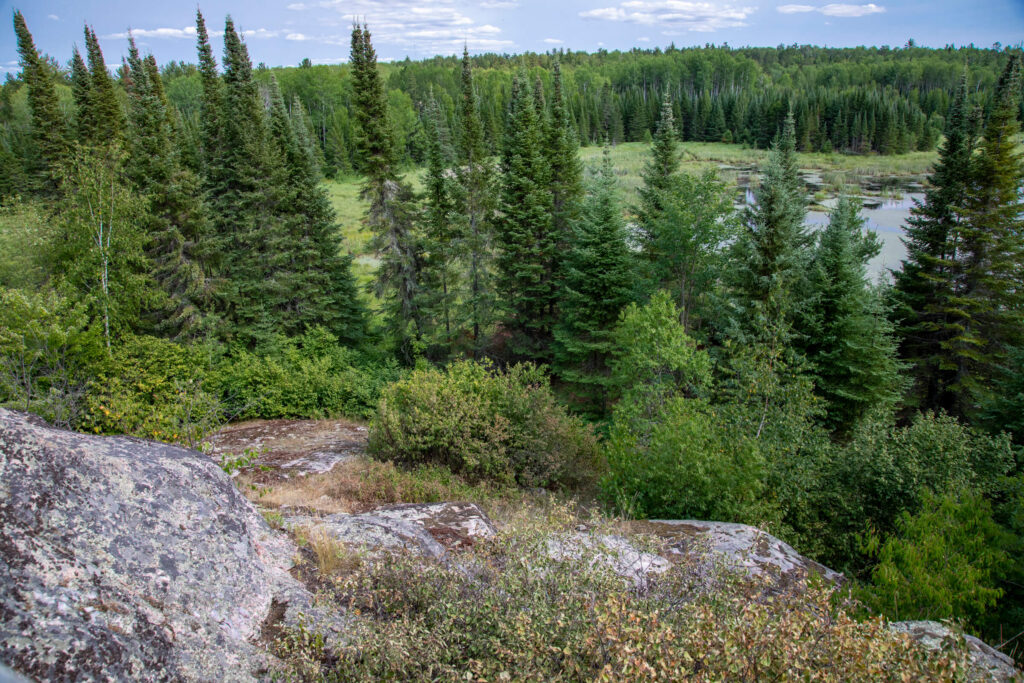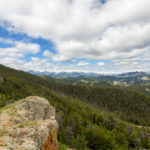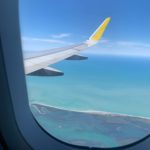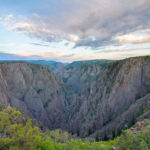Travelers navigated these lush forests and waterways for thousands of years. Today, they’re explored by nature enthusiasts, photographers, and anyone else who loves the northern woods. Not much is as peaceful as sitting out by the water, closing your eyes, breathing in the refreshing smell of pine, and listening to the call of a loon off in the distance.
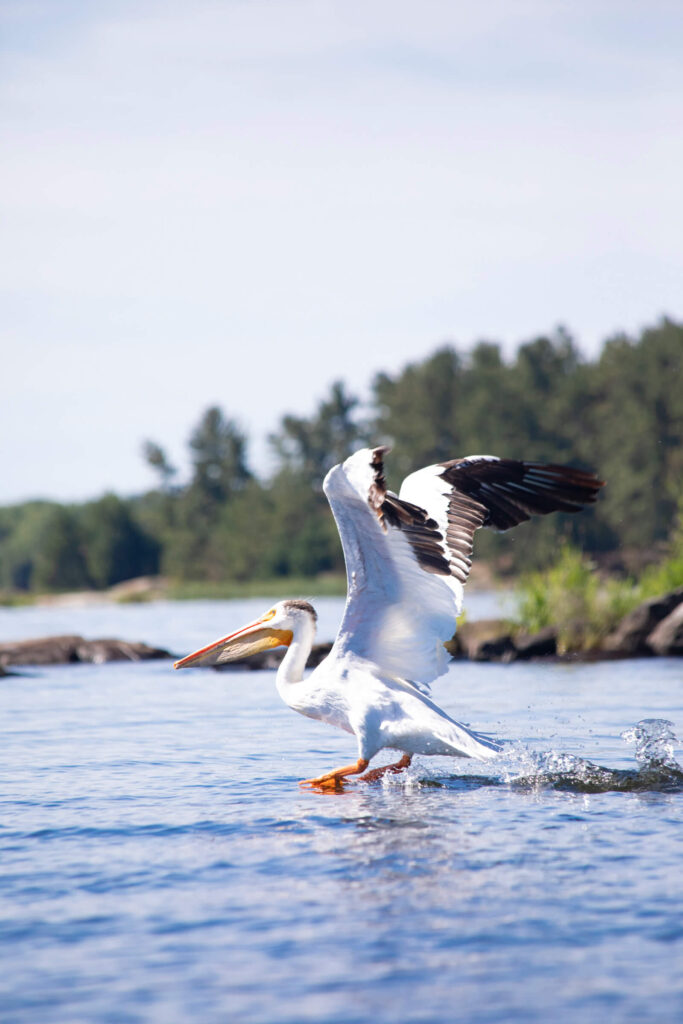
History of Voyagers National Park
These stunning waterways have been home to humans for more than 10,000 years. It was originally home to Native Americans, including the Cree, Monsoni, and Assiniboin tribes. It then became a popular trade route for English settlers. The park was established in 1975 and named after “the voyageur” – a French word meaning traveler.
What You Need to Know About Voyagers Before Visiting
Location:
360 Highway 11 East
International Falls, MN 56649
Phone:
(218) 283-6600
Website:
nps.gov/voya
Size:
218,054 acres
Annual Visitors:
240,000
Park Hours:
All day, everyday
Certain sections of the park are closed during winter.
Entrance Fee:
Free

When to Visit
Voyagers is open year-round. Visit during the summer to explore by boat. You might even get the chance to see some waterfowl with their ducklings. Winter’s can be brutal, but snowshoeing and cross country skiing are available during the colder months.
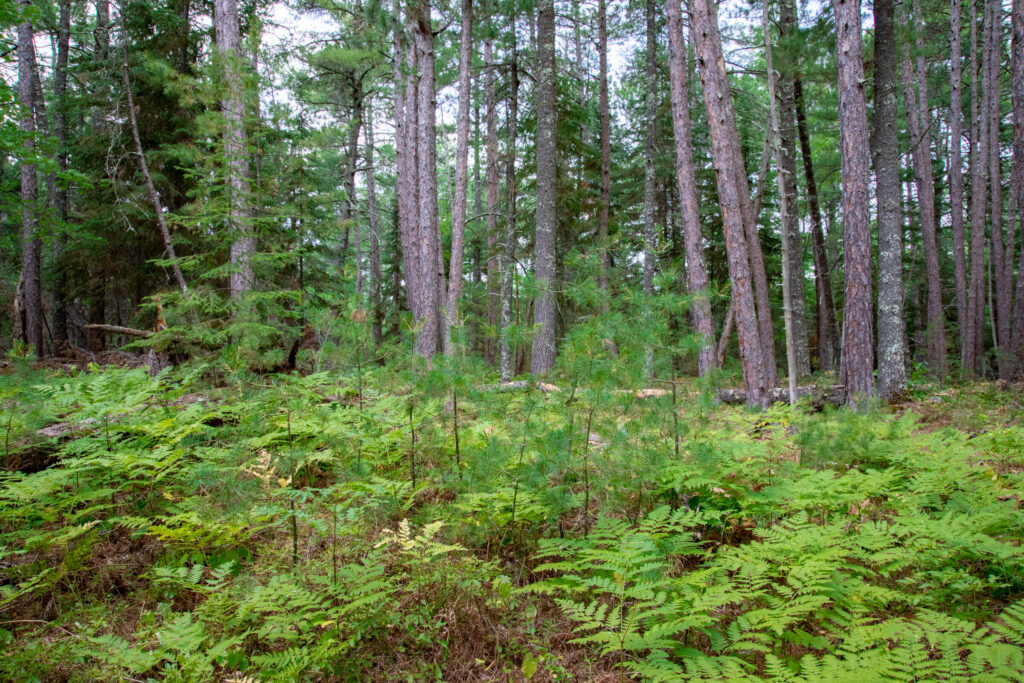
Entering and Traveling Through Voyagers
Voyagers is easiest to navigate by boat. Campsites, Kettle Falls hotel, and many trails are only accessible by water. The nearest airport is Falls International located in International Falls.
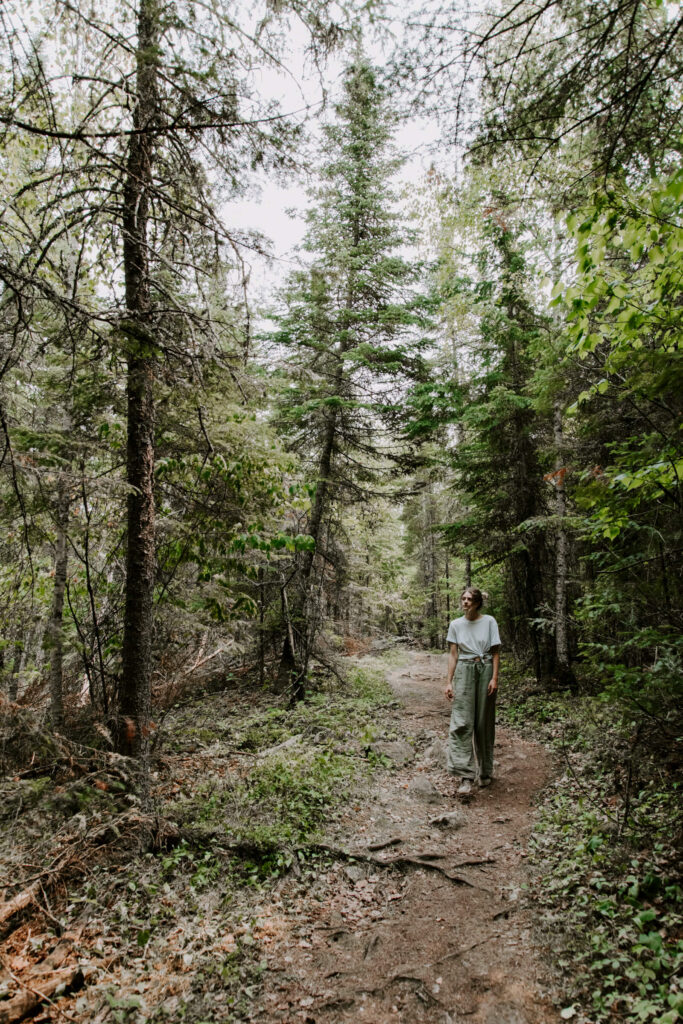
What to Do
Paddling: This national park is very unique in the sense that while most parks are explored by land, this park can be explored by water. Tiny islands dot the shoreline and can be accessed by boat. Travel by a non-motorized watercraft like a kayak, to increase your chances of seeing wildlife.
Hiking: There are trails throughout the park, some only accessible by boat.
- Near rainy lake: Little American Island (.25 mi), Black Bay Beaver Pond (1.2 mi), and Oberholtzer (1.7 mi)
- Kabetogama Lake: Locator Lake (4.0 mi), Echo Bay (2.5 mi), Kab-Ash (28 mi), and Cruiser Lake (9.5 mi).
- Namakan Lake: Beast Lake (2.5 mi)
- Ash River Visitor Center: Blind Ash (2.8 mi), and Sullivan Bay (1.5 mi)
Wildlife Viewing: This park is home to a wide array of wildlife including moose, beavers, wolves, over 100 species of birds, and more. Always remember to be respectful of wildlife and keep a safe distance.
Photography: Beautiful sunsets over the lake, mother waterfowl with their ducklings, colorful wildflowers lining the shoreline- this beautiful national park offers many opportunities for incredible photos.
Boat Tours: If you’re visiting during the summer or fall, guided boat tours are available through recreation.com.
Snowshoeing/cross country skiing: Explore the park during the winter through the various snowshoe/cross country trails. Snowshoes are available in the park for free use. Cross country skies are also available free of charge at Rainy Lake Visitor Center.
Stargazing: This is the perfect area to see the night sky clearly. Enjoy gazing up at the milky way, finding constellations, and watching stars shoot across the sky. If you’re lucky, you might even be able to see the aurora borealis.
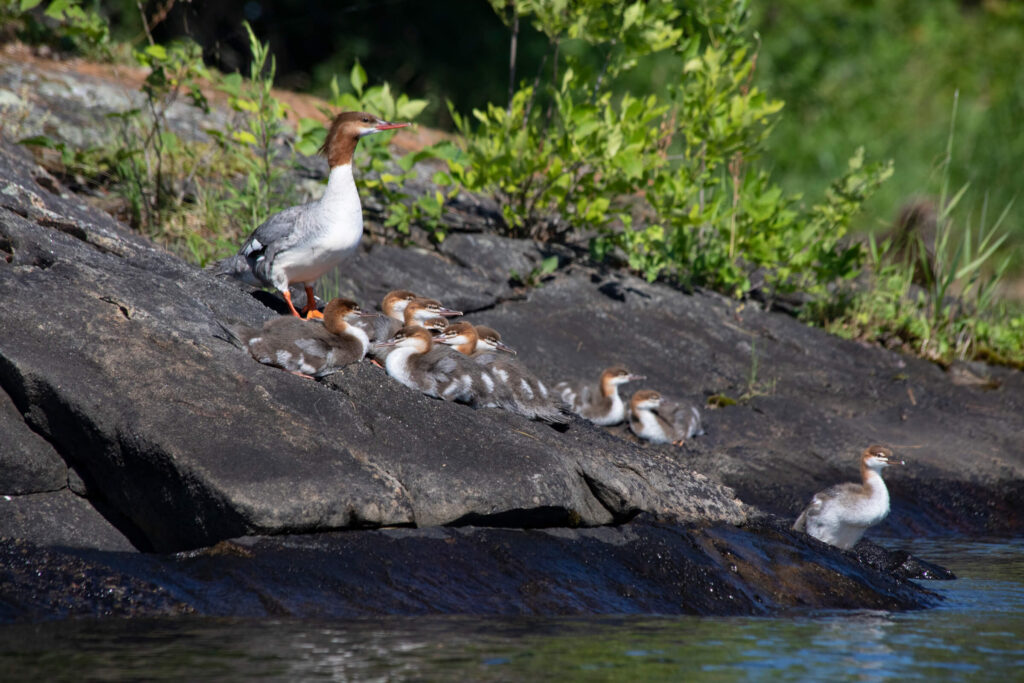
Where to Stay
Camping: There are more than 270 campsites within Voyagers National Park, that are only accessible by boat. Permits are required with all overnight stays. There are a few campgrounds just outside of the park (but still feels like you’re staying in the park) including Wooden Frog State Forest Campground and Ash River Campground.
Lodging: The historic Kettle Falls Hotel (in operation since 1918) is only accessible by boat or plane.
Pets
Pets are not permitted on trails or in the backcountry. They are only allowed in the visitor’s centers and picnic areas. Pets must be kept on a leash no longer than six feet at all times. Please never leave your pets unattended.
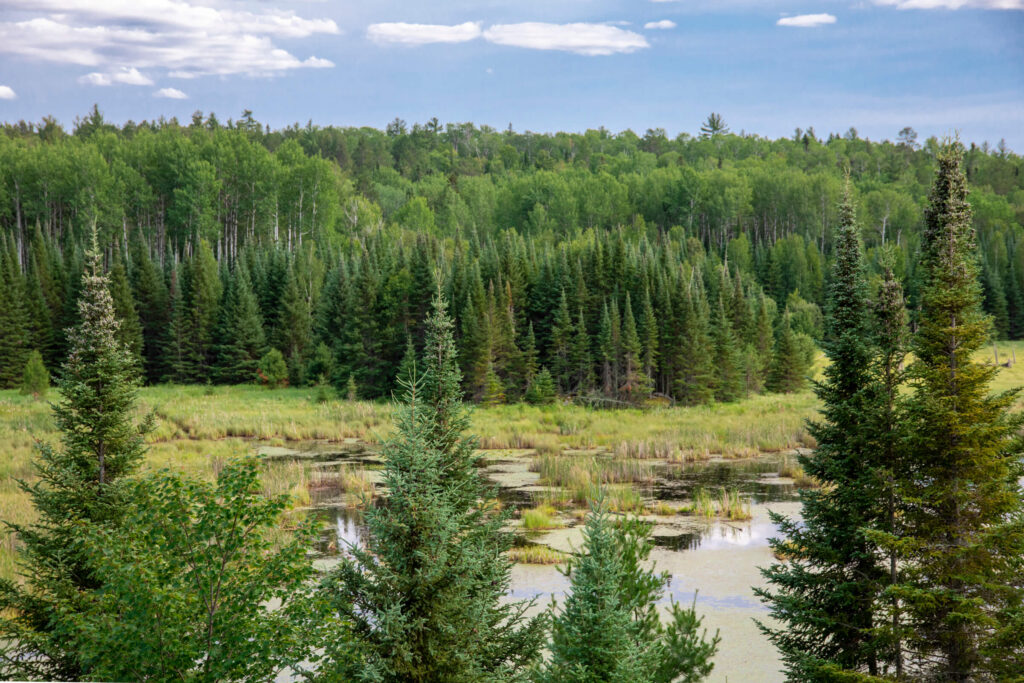
Amenities
Visitor Center: You can find three different Visitor’s Centers in the park- Rainy Lake, Kabetogama Lake, and Ash River.
Picnic Areas: There are picnic areas scattered throughout the park.
Accessibility: The wheelchair-accessible areas of the park include the visitor’s center, Kettle Falls Hotel, the beginning of Oberholtzer trail, most of the boat tours, and select campsites.
Restrooms: Pit toilets are located throughout the park.
Safety
You can always check here for up-to-date alerts and conditions about the park.
Fire: Temporary fire restrictions may be in place during your visit. Always check before visiting.
Wildlife: As with any national park or natural area, it is essential to educate yourself on the animals that reside there and how to prevent negative interactions with them. Remember that we are in their home. View all wildlife from a distance. Please do not approach, disrupt or feed wildlife.
- Black bears: If you happen to come across a black bear, it’s important to stay calm. If the bear isn’t aware of you, do not surprise them. Speak calmly and firmly to the bear. Don’t make any loud noises or scream. Back away slowly and don’t turn your back or run. If you’re with children, pick them up or hold on to them. You can read the National Park Service’s guide on hiking in bear country here. Storing your food properly is another important aspect of bear safety. Campsites have bear-proof boxes for you to store food and bear-proof garbage cans. In order to prevent bears from seeing humans as a potential source of food, it’s critical to store and dispose of your food responsibly and always follow the bear safety food regulations set by the National Park Service.
Winter: Pay close attention to trail and weather conditions reports. Dress in layers to prevent hypothermia. Read more about how to stay safe during the winter here.
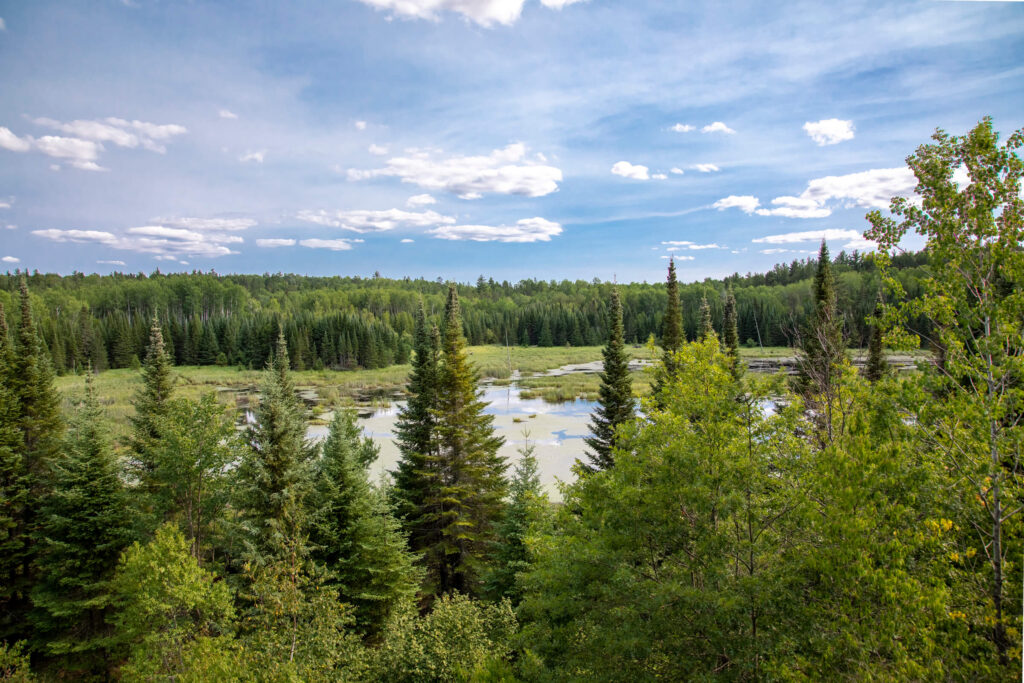
Leave No Trace
Please be respectful of nature and follow the Leave No Trace Principles. It is important to always stay on trails to avoid destroying fragile ecosystems. Take nothing but pictures, leave nothing but footprints.


